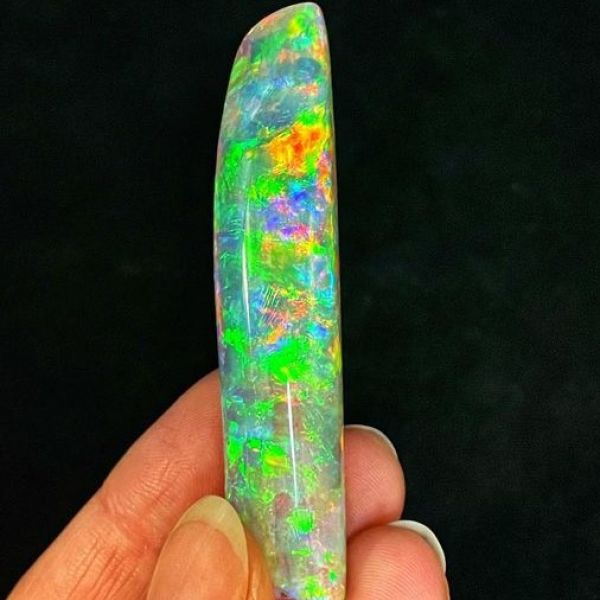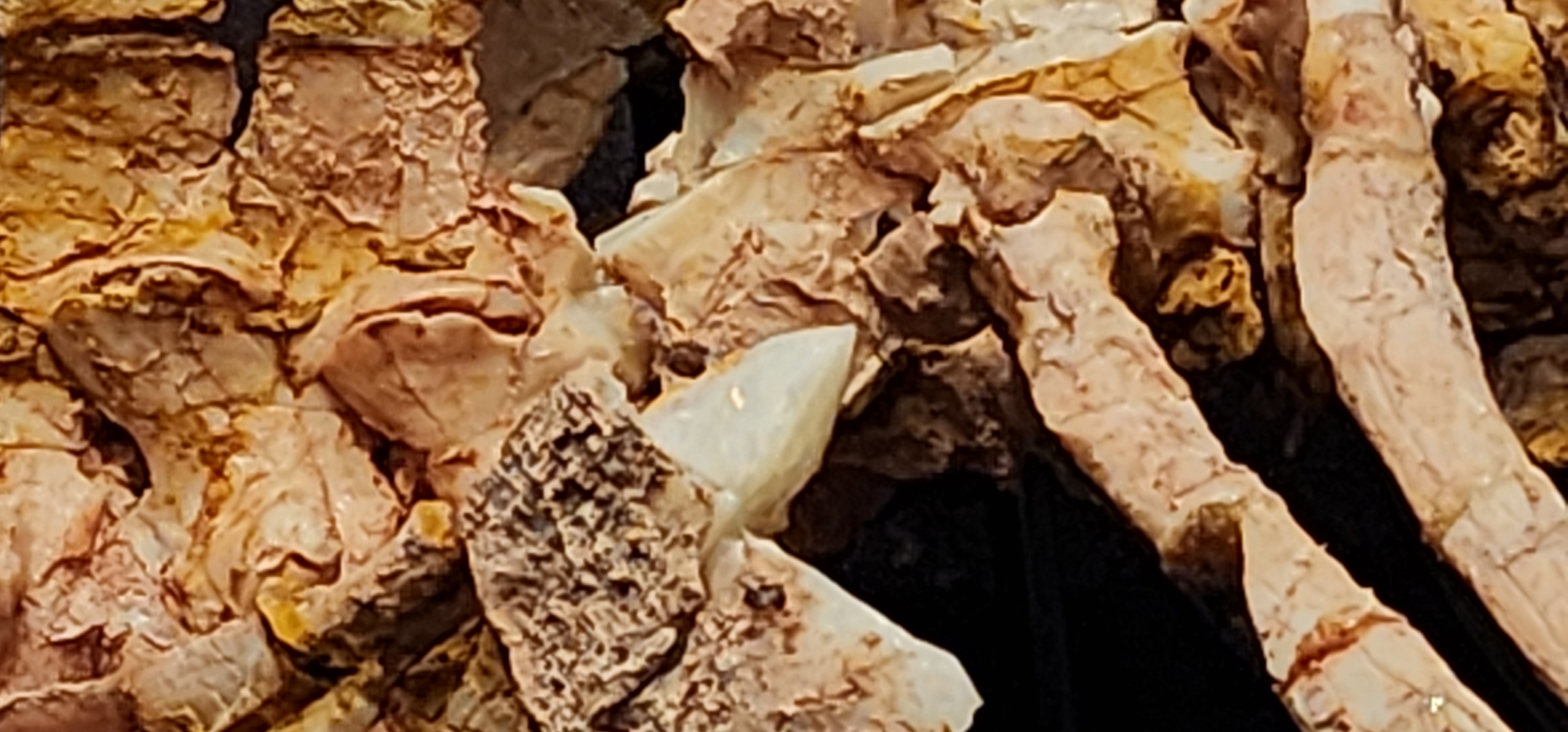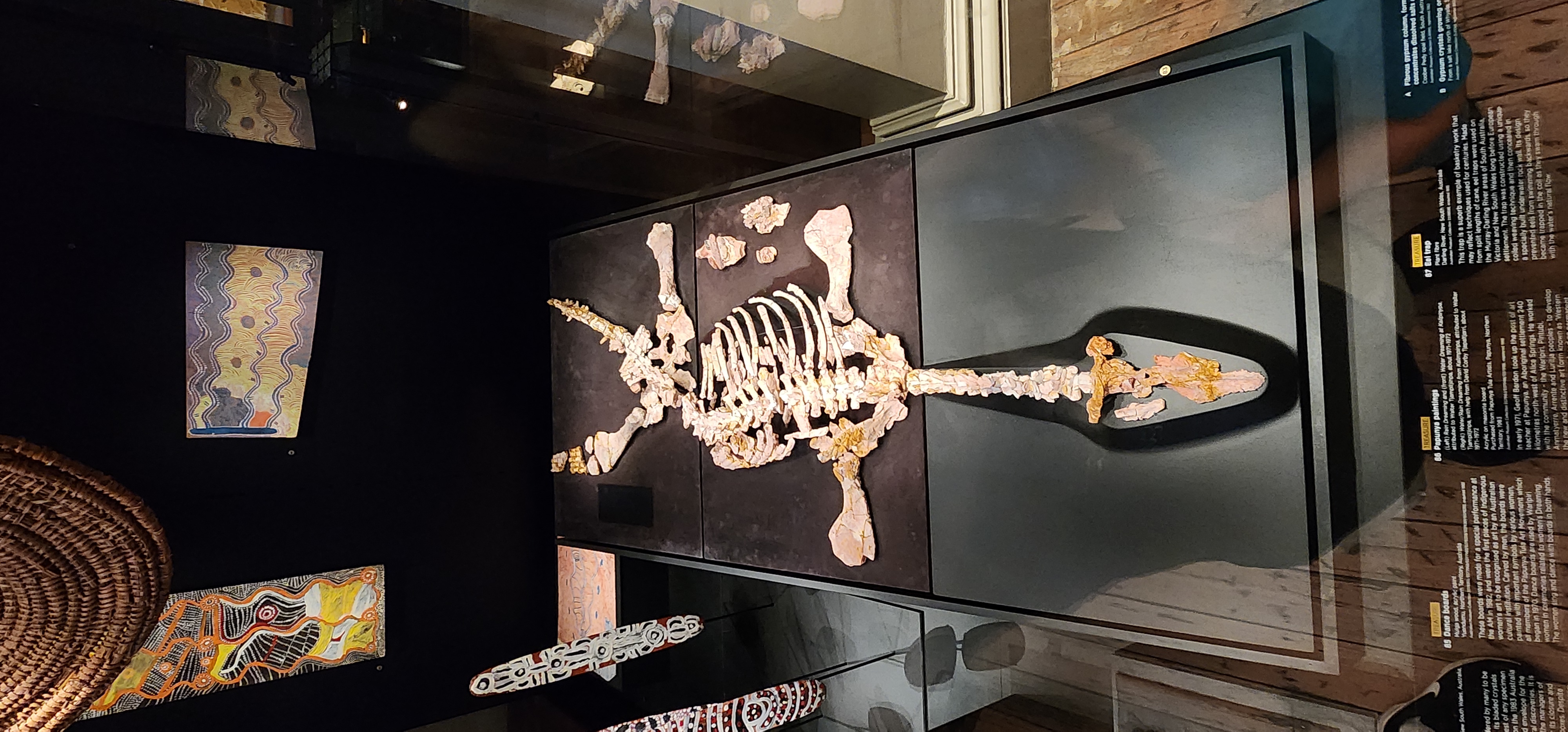Historic of Opal Fossils
Get ready to take a journey through time! We're going to explore the exquisite world of opalised fossils. These are much more than just impressions of ancient creatures preserved in rock. Rather, they contain precious opal that adds dazzling colour and beauty. They are truly off-the-chart incredible.
Fossil Formation
But how do opalised fossils form? It all begins with an animal dying in an opal field. Over time, the animal's remains decay and leave a cavity filled with trace minerals and silica. The silica solution hardens and forms an impression of the organism, eventually transforming into precious opal over millions of years.
Opalised fossils offer a unique view into the world of prehistoric creatures, often preserving the intricacies of ancient life with amazing clarity. There is no other place on Earth where they are as abundant as in Australia, world-renowned for its opal production.
Astonishingly, a good number of Australia's opalised fossils are found in Lightning Ridge, New South Wales. This location seems to serve as mother nature's treasure chest, housing opalised teeth, shells, and even whole skeletons of extinct creatures.
Australian Fossils
One of the most stunning examples unearthed in Lightning Ridge is the opalised fossil of the dinosaur Fostoria dhimbangunmal. Uncovered amidst gems and siliceous sediment, this remarkable discovery comprised multiple individuals, making it the first opalised herd or family group of dinosaurs ever discovered.
In addition to dinosaurs, opalized marine life is also prevalent in Lightning Ridge. The 100-million-year-old opalised fish, Leaellynasaura amicagraphica, presents a striking example. Its delicate skeletal features captured perfectly in opal, it's truly a testament to these stunning fossils.
Cooper Pedy, South Australia, also holds rich opal deposits and a wealth of opalised fossils. Unique finds include opalised sea shells, bivalves and gastropods, and even marine reptiles, bearing witness to the vast turquoise sea that once existed there.

One extraordinary fossil from Cooper Pedy is the opalised Addyman Plesiosaur, discovered in 1968. This marine reptile lived about 120 million years ago, and its spectacular opalised skeleton provides a glimpse of the beauty and diversity of ancient Australian fauna.
Yet another remarkable find is the opalised fossil of the pine cone, discovered in White Cliffs, New South Wales. Believed to be about 100 million years old, this beautifully preserved conifer cone sheds light on Australia's ancient botanical history.
Boulder opal, a variety unique to Queensland, can occasionally show traces of opalised fossils. Fossils of ancient wood and plant stems are particularly common, their intricate details captured forever in vibrant hues of opal.
The opalised fossil of the dinosaur Kakuru kujani from Andamooka, South Australia, is one of the most significant finds. All that remains of this elusive dinosaur is an opalised tibia (a lower leg bone), which is the only known opalised dinosaur bone where the actual bone is still present.
Australia's treasure trove of opalised fossils isn't restricted to land and marine life. Opalised pearls, a rarity among opalised fossils, have been discovered in the southern Australian town of Coober Pedy. These opalescent orbs are beautiful remnants of a bygone marine realm.

The Virgin Rainbow, an incredibly rare opalised fossil of a belemnite (an ancient squid-like creature), was discovered in the field of Coober Pedy. Its mesmerising colors gleam so intensely, it appears to glow in the dark.
Not to be missed on this impressive list of fossils is the opalised tooth of Carcharocles angustidens, an extinct species of shark. Found in South Australia, this impressive specimen offers a thrilling glimpse into the oceans of the past.

There’s also an opalised fossil so unique and important that it even has its own name - 'Eric', the opalised pliosaur. This fossil reveals an extinct marine reptile that lived during the Early Cretaceous period. Unearthed in Coober Pedy, 'Eric' is one of the most complete opalised vertebrate fossils in the world.
From the smallest creatures like opalised gastropods to the largest creatures including extinct marine reptiles, Australia's generous earth has preserved them all in colourful opal. Each of these fossils is a testament to the country's rich geological and paleontological history.

Beautiful, ancient and educational, opalised fossils provide insight into our world's history and enhance our appreciation for the amazing life forms that roamed long before us. More than just vibrant gems, they carry age-old stories waiting to be unearthed and told.
And so ends our journey through the incredible world of opalised fossils, those ethereal glimpses of Australia's vast past. As we've seen, the unique conditions in Australia have undeniably resulted in some of the planet’s most extraordinary fossil finds, testament enough for the sentiment "these are amazing". So whether you're a budding paleontologist, a gem enthusiast, or simply someone with a passion for history and natural beauty, the opalised fossils of Australia offer a stunning and unique discovery at every turn.